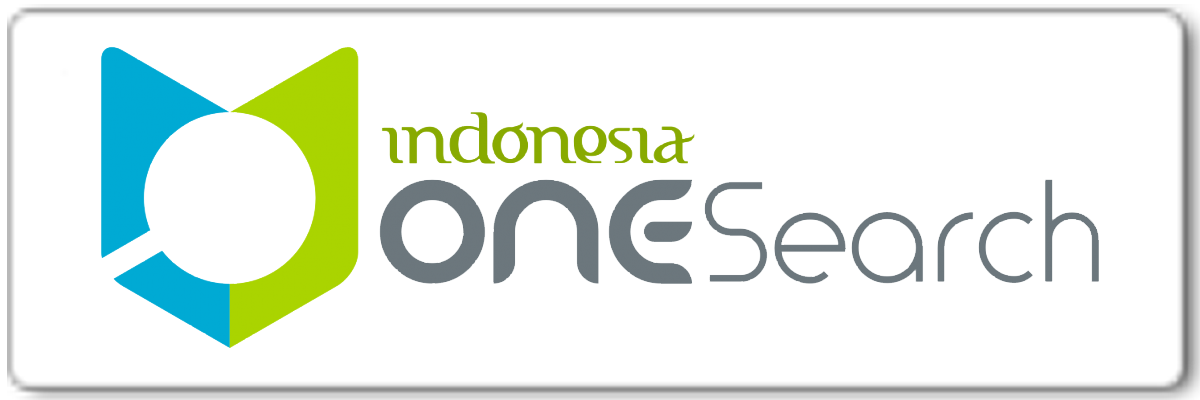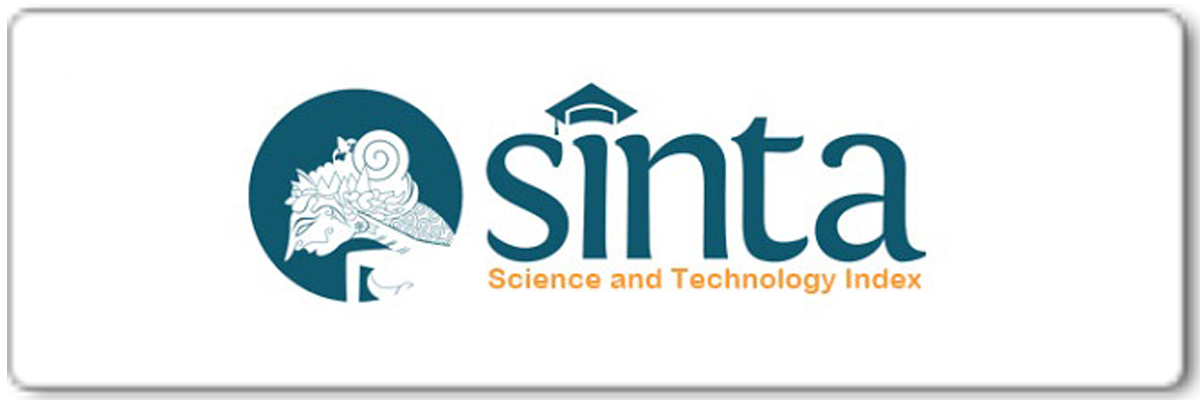USING “MOST NAMES”TO IMPROVE STUDENTS’ SPEAKING SKILL IN DESCRIPTIVE TEXT (The Action Research was Done to the Eight/A Grade Students of SMPN 1 Geger Madiun in the Academic Year 2012/2013)
Abstract
The research was done in August 2012 in SMPN 1 Geger Madiun. The subject of the study was the eight year students consisting of 20 students. It was a classroom action research. The researcher conducted the research in some steps for each cycle. There were planning, acting, observing, and reflecting. In collecting data, there were two kinds of data which were used in this study, the quantitative data and the qualitative data. The quantitative data were in the forms of students‟ scores. The data were students‟ scores from the beginning of the research to the end of the research. They came from the tests given. The qualitative data were collected by the following techniques: observations, interviews, and document analysis. The quantitative data were analyzed using descriptive statistics. It compares the score of the pretest to the score of the post test. The qualitative data were analyzed into data reduction, data display and conclusion drawing/ verification.
The research findings showed that by implementing the “Most Names” in the speaking class, there were some improvements which can be classified into three main points as follow: The improvement of students‟ speaking skill; The improvement of students‟ participation; The improvement of students‟ interest; And the improvement of students‟ motivation. For that reason, “Most Names” was able to stimulate students to speak English.
In conclusion, “Most Names” is able to improve students‟ speaking skill in class VIII/A. However, “Most Names” has its own strength and weaknesses. Most Names stimulated students to be more active, interactive, and creative to speak English.
In short, it is recommended to the teachers to use “Most Names” to improve the students‟ speaking skill in English.Keywords
Full Text:
PDFReferences
Arikunto Suharsimi. 1986. Prosedur Penelitian: Suatu Pendekatan Praktek. Jakarta: PT. Bina Aksara
Brown Gillian, George Yule. 1983. Teaching the Spoken Language: An Approach based on the Analysis of Conversation English. UK: Cambridge University Press
Brumfit Christopher, Mitchell Rosamond, 1995. Research in the Language Classroom, Modern English Publications in Association.
Bygate Martin. 2000. Speaking. New York: Oxford University Press. Language. USA: Longman Inc
Dobson Julia M. 1987. Effective Techniques for English Conversation Groups. Washington D.C: United States Information Agency
Edge Julian. 2001. Essentials of English Language Teaching. London: Longman Kingdom: Cambridge University
Harmer Jeremi. 2001. How to Teach English: An Introduction to the Practice of English Language Teaching. England: Longman
McNiff, Jean, 1988. Action Research, Principle and Practice, Mac Millan Education Ltd.
Murcia Marianne Celce. 2001. Teaching English as a Second and Foreign Language. USA: Heinle and Heinle
Nunan David. 1989. Design Task for the Communicative Classroom. Great Britain: Cambridge University Press
Sugiono. 2006. Metode Penelitian Pendidikan: Pendekatan Kuantitatif, Kualitatif, dan R & D: Bandung
Article Metrics
Abstract has been read : 669 timesPDF file viewed/downloaded: 0 times
DOI: http://doi.org/10.25273/etj.v1i2.739
Refbacks
- There are currently no refbacks.
Copyright (c) 2016 English Teaching Journal : A Journal of English Literature, Language and Education
English Teaching Journal: A Journal of English Literature, Language and Education indexed by:
This work is licensed under a Creative Commons Attribution-NonCommercial-ShareAlike 4.0 International License.







